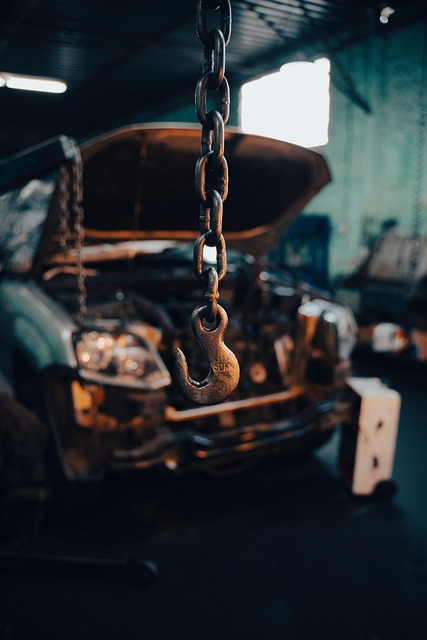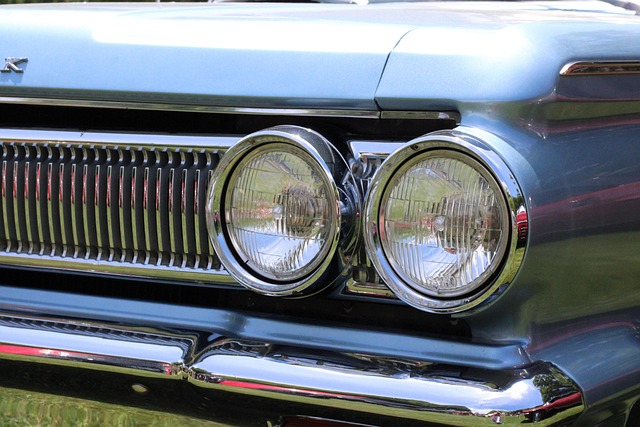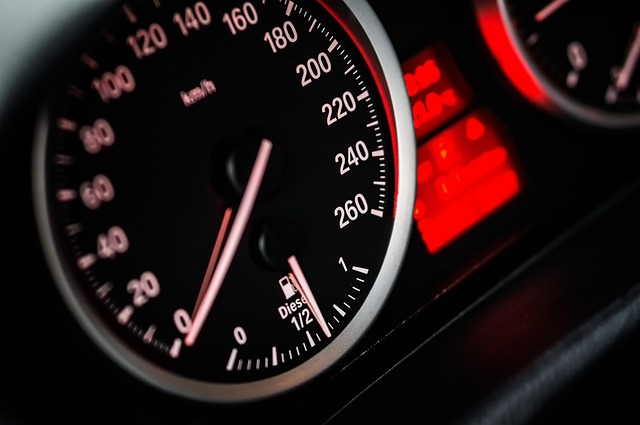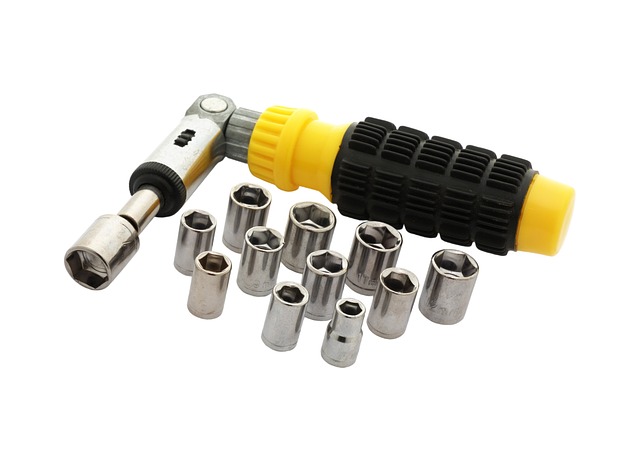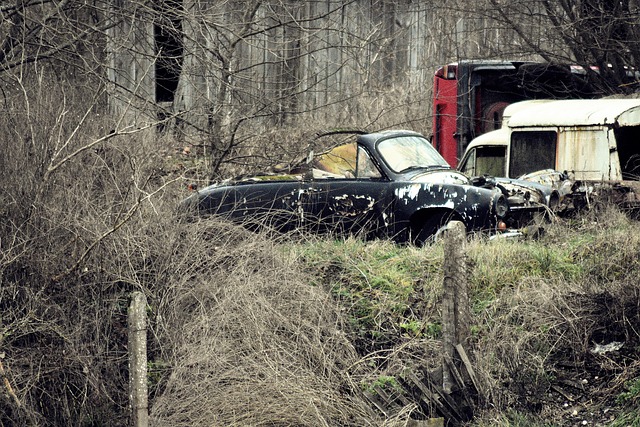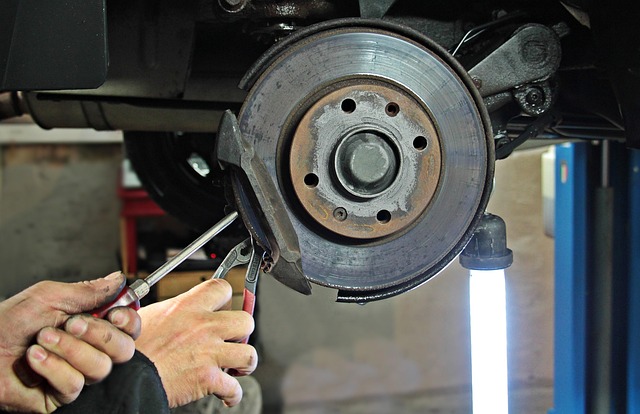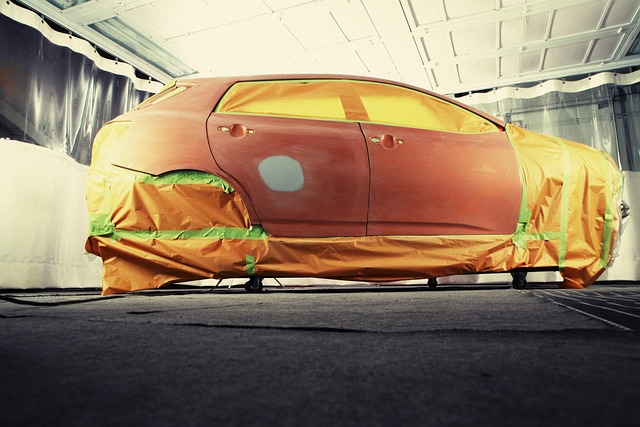The digital revolution has transformed auto body repair, with software, 3D modeling, and virtual reality (VR) enhancing efficiency, accuracy, and cost-effectiveness. Despite progress, traditional centers face challenges integrating new technologies like AI and data analytics due to infrastructure and training costs. While accuracy remains an issue, future prospects are promising, as evolving digital tools aim to provide faster, more consistent, and customer-satisfying post-accident repair services, potentially automating painting processes and streamlining operations through virtual collision repairs.
The post-accident repair process has undergone a remarkable transformation with the advent of digital tools, revolutionizing how auto body shops handle damage assessments, estimating repairs, and managing inventory. This article explores the evolution of digital technologies in post-accident repair, delving into the significant benefits they offer, such as increased efficiency, improved accuracy, and enhanced customer satisfaction. We also discuss challenges faced and future prospects for these innovative solutions, shaping a streamlined and modern approach to repairing vehicles following accidents.
- The Evolution of Digital Tools in Post-Accident Repair
- Benefits and Efficiency Gains from Digital Streamlining
- Challenges and Future Prospects for Digital Post-Accident Repair Solutions
The Evolution of Digital Tools in Post-Accident Repair

The digital revolution has transformed various industries, and the automotive sector is no exception. The evolution of digital tools in post-accident repair is a testament to this change, offering more efficient and accurate solutions than traditional methods. In the past, auto body work and fender repair involved extensive manual labor and time-consuming processes. Today, advanced software applications, 3D modeling, and virtual reality (VR) technologies have streamlined these procedures.
These innovations enable technicians to perform complex repairs with greater precision, speed, and cost-effectiveness. Digital tools facilitate the measurement and documentation of damage, providing a detailed record for reference during the repair process. Additionally, they offer virtual simulations for training purposes, ensuring that mechanics are adept at handling modern car collision repair challenges without sacrificing quality or safety in auto body work.
Benefits and Efficiency Gains from Digital Streamlining

The digital revolution has brought about significant changes to various industries, and the automotive sector is no exception. Digital tools are now seamlessly integrating into post-accident repair processes, offering a multitude of benefits and efficiency gains. One of the key advantages is the ability to streamline workflows, enabling faster turnaround times for vehicle repair and car scratch repair. These innovative solutions allow for more accurate assessments, reducing the need for manual, time-consuming documentation.
Additionally, digital platforms facilitate communication between repair shops, insurance providers, and customers, ensuring everyone is on the same page. This connectivity also extends to specialized services like paintless dent repair, where advanced software can provide real-time updates on progress, materials needed, and estimated completion times. As a result, clients receive better transparency, while repair teams enjoy improved productivity and reduced administrative burdens.
Challenges and Future Prospects for Digital Post-Accident Repair Solutions
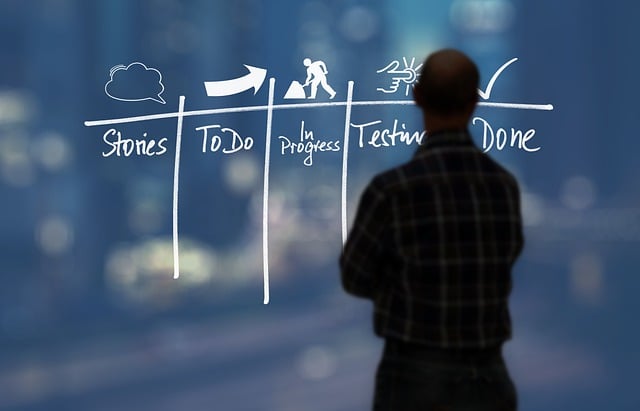
Despite significant advancements in digital tools for post-accident repair, several challenges remain. Traditional collision repair centers often rely on manual processes and outdated systems, which can lead to inefficiencies and higher costs. Integrating new technologies like virtual reality (VR), artificial intelligence (AI), and advanced data analytics is a complex process that requires substantial investment in infrastructure and training. Additionally, ensuring the accuracy and reliability of digital solutions when dealing with intricate vehicle repairs is a constant challenge.
Looking ahead, the future of post-accident repair holds great promise. As digital tools continue to evolve, they will enable more precise and faster car repair services, enhancing customer satisfaction and safety. Auto painting processes could become automated, reducing human error and increasing consistency. Moreover, advanced simulation technologies might allow for virtual collision repairs, significantly streamlining operations in collision repair centers. These prospects not only bode well for the industry but also set the stage for a more efficient, cost-effective, and sustainable post-accident repair landscape.
The evolution of digital tools in post-accident repair has revolutionized the industry, offering unprecedented efficiency gains. By streamlining processes from damage assessment to parts ordering and workshop management, these solutions enhance productivity while reducing costs. However, challenges remain, such as data security concerns and the need for widespread adoption. As technology continues to advance, digital post-accident repair solutions are poised to become even more integral, fostering a safer and smoother recovery process for all involved.
